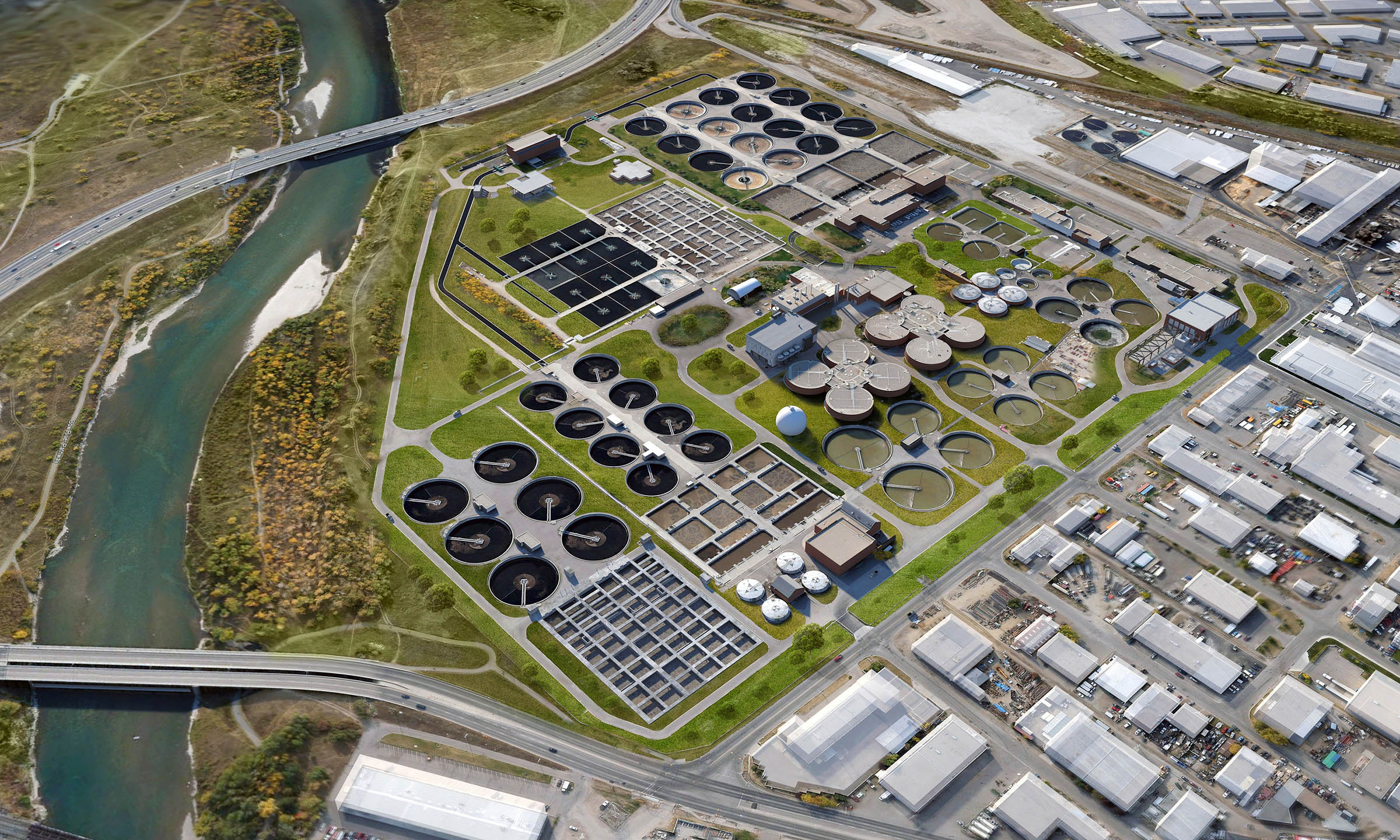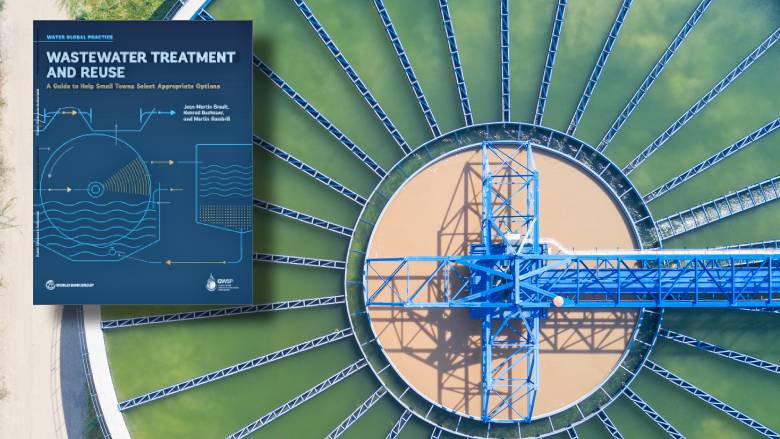Optimizing Waste Water Treatment Processes: Strategies for Improved Water High Quality and Source Recovery
In the world of wastewater therapy, the quest for improving performance and sustainability through process optimization is a continuous search that holds immense importance. By focusing in on strategies tailored to raise water top quality while simultaneously taking advantage of beneficial resources, treatment plants can deal with pushing ecological problems while unlocking economic benefits. From innovative technologies to innovative source recuperation approaches, the landscape of wastewater therapy is evolving quickly. As we explore the ins and outs of maximizing these processes, a world of possibilities emerges that guarantees not just cleaner water yet additionally a more sustainable future.
Importance of Process Optimization
Optimizing waste water therapy procedures with careful procedure optimization is critical for making best use of performance and making certain ecological sustainability. By fine-tuning each action of the therapy process, from preliminary intake to last discharge, water therapy facilities can achieve greater degrees of pollutant removal, decrease energy intake, and decrease the generation of waste byproducts. Refine optimization involves evaluating essential performance signs, such as hydraulic retention times, sludge retention times, and nutrient levels, to recognize locations for enhancement and execute targeted services.
Efficient process optimization not just boosts the overall performance of drainage treatment plants however likewise contributes to cost financial savings and regulative compliance. By optimizing procedures, drivers can accomplish greater therapy capacities without the requirement for considerable facilities investments. Furthermore, improved therapy efficiency causes cleaner effluent discharge, reducing the ecological effect on getting water bodies and environments.

Advanced Therapy Technologies
In the realm of waste water therapy, the execution of advanced therapy modern technologies plays a critical function in boosting the overall effectiveness and performance of the treatment processes. These sophisticated technologies use cutting-edge solutions to attend to intricate impurities present in wastewater streams, making sure the elimination of toxins to meet strict water top quality criteria. Advanced treatment processes such as membrane bioreactors, ozonation, advanced oxidation processes, and reverse osmosis allow the comprehensive removal of impurities, consisting of arising pollutants like pharmaceuticals and personal care products.
Furthermore, these innovations assist in source recuperation by extracting valuable materials such as phosphorus, nitrogen, and energy from the wastewater. As an example, progressed nutrient removal technologies can recover phosphorus and nitrogen for reuse in agricultural fertilizers, while energy healing systems like anaerobic digestion can harness biogas for power generation. By including innovative treatment technologies right into wastewater therapy plants, operators can enhance water top quality, lower ecological influence, and move in the direction of an extra lasting and resource-efficient approach to wastewater monitoring.
Source Healing Strategies
Source healing methods in wastewater therapy processes play a critical role in maximizing the use of valuable resources consisted of within wastewater streams. One usual resource healing strategy is the removal of nutrients like phosphorus and nitrogen from wastewater for reuse as fertilizers or in industrial processes.
Water recuperation strategies, such as membrane innovations and progressed purification systems, make it possible for the treatment and reuse of water for non-potable applications like irrigation or industrial procedures. By applying source recovery techniques in wastewater treatment plants, not only can useful sources be preserved and recycled, yet the overall sustainability and efficiency of the treatment process can be substantially improved. As the concentrate on source deficiency and ecological sustainability remains to expand, the importance of integrating resource recovery strategies right into wastewater therapy procedures comes to be significantly noticeable.
Lasting Practices in Wastewater Treatment
Lasting methods in wastewater treatment incorporate a variety of techniques aimed at reducing the ecological effect of treatment procedures while optimizing source healing. One key facet of sustainable wastewater therapy is the execution of energy-efficient innovations to reduce the carbon impact of treatment plants.
In addition, the fostering of sophisticated treatment innovations that promote water reuse and recycling plays a crucial function in sustainable wastewater administration. By treating wastewater to a high standard, it can be repurposed for numerous non-potable applications, such as irrigation, commercial processes, and also drinkable water manufacturing in some situations. This not just saves beneficial freshwater resources but likewise reduces the quantity of effluent released right into the environment.

Instance Researches on Effective Optimization
As wastewater therapy centers significantly concentrate on lasting methods, real-world study showcasing effective optimization methods act as vital designs for market improvement. One such study revolves around the implementation of advanced nutrient elimination modern technologies in a metropolitan wastewater therapy plant. By integrating biological nutrient removal procedures and maximizing functional specifications, the facility attained substantial decreases in nitrogen and phosphorus levels discharged right into obtaining waters, eventually enhancing overall water quality.
Another remarkable instance research study entails the combination of anaerobic digestion systems in an industrial wastewater treatment plant to boost power healing and resource efficiency (Waste Water Treatment). Through the food digestion of natural waste products, the center not just created biogas for energy production but also decreased the volume of sludge requiring disposal. This twin advantage not just enhanced the plant's sustainability performance yet likewise resulted in cost savings
These successful optimization techniques demonstrate the possibility for wastewater therapy facilities to attain both financial and environmental benefits via efficient procedures and innovative strategies. By gaining from these case researches, market specialists can additionally optimize their own procedures to improve water quality and source healing.
Verdict
Finally, enhancing waste water therapy processes through sophisticated technologies, source recuperation methods, and lasting practices is critical for improving water top quality and optimizing source recovery. Waste Water go now Treatment. Study have actually shown successful application of optimization methods in numerous wastewater therapy facilities. By continuing to prioritize process optimization, we can make sure reliable and reliable therapy of wastewater, inevitably leading to a more sustainable and eco-friendly technique to handling water sources
By fine-tuning each step of the treatment process, from initial intake to final discharge, water treatment centers can attain greater degrees of impurity elimination, lower power usage, and lessen the generation of waste spin-offs.In the realm of waste water treatment, the implementation of advanced treatment technologies plays a you can find out more pivotal role in boosting the total performance and effectiveness of the treatment procedures. By integrating sophisticated treatment technologies right into wastewater therapy plants, operators can improve water top quality, minimize environmental impact, and relocate in the direction of a more sustainable and resource-efficient technique to wastewater management.
By implementing source healing techniques in wastewater therapy plants, not only can valuable sources be imp source saved and recycled, yet the overall sustainability and efficiency of the therapy process can be significantly boosted. Sustainable practices in wastewater therapy encompass an array of methods aimed at decreasing the environmental impact of therapy processes while maximizing source recovery.